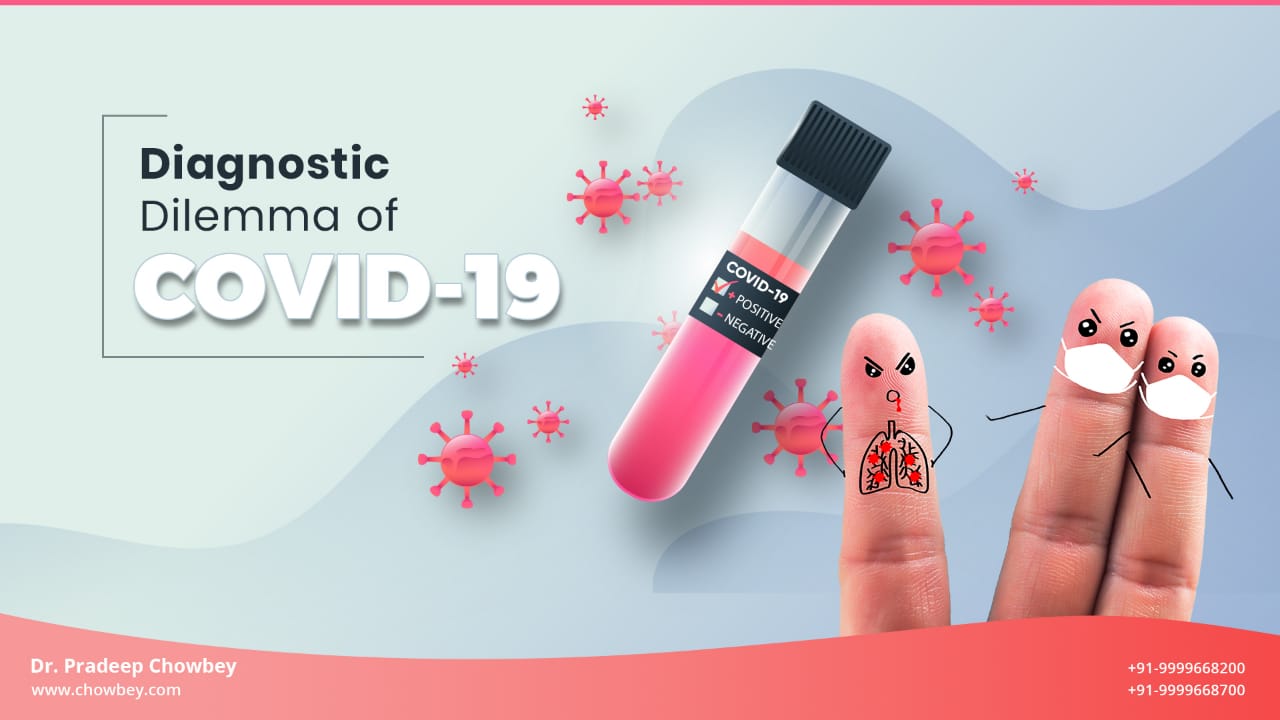
COVID‐19 is a highly contagious pathogenic viral infection initiated from Wuhan (China) in December 2019 and has spread rapidly around the whole world due to onward transmission. COVID-19 has been declared a pandemic by the World Health Organization (WHO) and has created a tremendous global health crisis. Clinical assessment, diagnostic testing, and quarantine remain the cornerstone measures to control the global pandemic.
Coronavirus (CoV) is a positive single‐stranded RNA virus that causes respiratory infections such as common cold, flu, pneumonia, and results in Severe Acute Respiratory Syndrome (SARS). The human coronaviruses are transmitted from one infected person to another mainly by direct contact through saliva, coughing, or sneezing (within a range of about 1–1.5 m).
Currently, Reverse-transcription polymerase chain reaction (RT-PCR) is the first-line confirmatory diagnostic measure. However, RT-PCR testing protocols require RNA extraction kits, costly RT (quantitative) -PCR machines, and trained technicians to operate them. This test is accompanied by computed tomography (CT) or chest radiography for symptomatic staging and to monitor the progression of the disease. The common pathologic patterns of chest X-ray are pulmonary infiltration and consolidation at the lower regions bilaterally. In terms of CT imaging findings, ground-glass opacity is an indicative feature of Coronavirus infection and is a diagnostic aid for the early stage of symptomatic patients. The current gold standard to rule out significant pulmonary embolism (PE) in patients with COVID-19 pneumonia is a contrast-enhanced CT-scan (ceCT). Several case reports have been published that could confirm PE in patients with typical COVID-19-associated pulmonary changes.
The WHO strongly recommends testing of suspects for COVID-19 and the individuals who have been in contact with them to control the infection in a community. A rapid antigen test is another reliable diagnostic test approved by the FDA. These rapid antigen testing are quick tests wherein nasal swabs are obtained. It diagnoses the active coronavirus infection. However, it has low sensitivity, all patients who test negative and are symptomatic need a retest confirmation by RT-PCR. An antibody test is another modality of testing. It is a blood test that can detect antibodies to coronavirus. It helps in the identification of infected patients and who have already recovered from the infection.
Due to high infectivity, escalating trend of disease, swift collection and testing of samples from patients and meeting the suspected case definition for COVID-19 are critical for proper monitoring and control of disease infection in the community. The emergence of salivary diagnostic tests for COVID-19 is a giant leap forward for controlling the pandemic. Since the pandemic crisis, the global health sector has transformed and advanced itself in many ways. Saliva could be a noninvasive specimen for the diagnosis of COVID-19. Some studies determine the role of salivary tests in asymptomatic and mildly symptomatic patients. Research validates that the technique is highly sensitive and produces outcomes similar to the nasopharyngeal swab test. The principle is very simple, the patient would be made to spit into a 2ml cup impregnated with a chemical solution to preserve the genetic material of the coronavirus for making it easy to deliver to labs for diagnosis. Self-collection of samples will make it easy for assessment and will benefit patients in seeking early medical care.
Thus, we are seeing an interesting convergence of technology, medicine, and Human progress to defeat the pandemic of COVID-19.